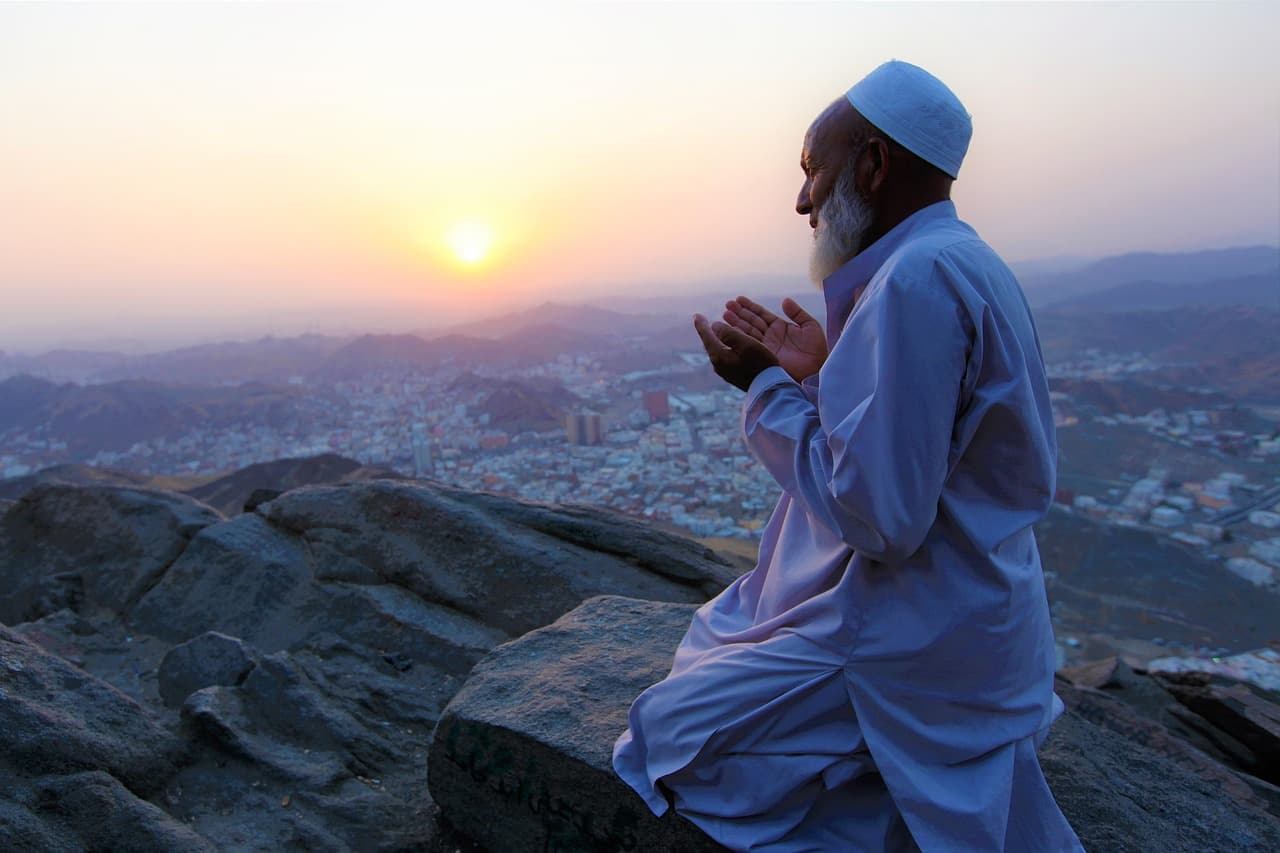Journey of Devotion: Umrah, Mecca, and Madina

Table Of Content
- Introduction
- Umrah: A Journey of Spiritual Cleansing
- What is Umrah?
- Rituals and Practices
- Spiritual Reflection
- Mecca: The Holiest City
- Center of the Islamic World
- Pilgrimage Rites and Historical Sites
- Transformational Experiences
- Madina: The City of the Prophet
- A Sanctuary of Peace
- Ziyarat: Visiting Historical Sites
- Renewed Faith and Commitment
- Conclusion
Introduction
The Islamic pilgrimage, characterized by the sacred cities of Mecca and Madina, marks a transformative journey of devotion, prayer, and inner reflection. This blog post delves into the significance of Umrah, the rituals performed in Mecca and Madina, and the profound impact on the pilgrims' spiritual well-being.
Umrah: A Journey of Spiritual Cleansing
What is Umrah?
Umrah, often referred to as the 'lesser pilgrimage', is a pilgrimage to Mecca that Muslims can undertake at any time of the year, in contrast to Hajj, which has specific dates. Although not mandatory, Umrah holds immense spiritual significance and is an opportunity for Muslims to cleanse their souls, seek forgiveness, and deepen their connection with Allah.
Rituals and Practices
Performing Umrah involves a series of rituals, starting with the donning of Ihram – a set of white garments symbolizing purity. Pilgrims then proceed to the Holy Kaaba in Mecca to perform the Tawaf, circumambulating seven times, followed by the Sa’i, walking seven times between the hills of Safa and Marwah.
Spiritual Reflection
Umrah serves as a time for spiritual reflection, supplication, and a rekindling of faith. The tranquil environment, combined with the collective energy of devotion, allows pilgrims to connect deeply with their faith, seek forgiveness, and make heartfelt prayers.
Mecca: The Holiest City
Center of the Islamic World
Mecca, the birthplace of the Prophet Muhammad (PBUH), stands as the holiest city in Islam. Every year, millions of Muslims from around the world gather here to fulfill their spiritual aspirations. The city is home to the Holy Kaaba, the Qibla towards which Muslims around the globe direct their prayers.
Pilgrimage Rites and Historical Sites
Beyond the core rites of Umrah, Mecca offers several historical and religious sites, including the Hira Cave, where the first revelation of the Quran was received, and the Mina valley, significant for the ritual of the Stoning of the Devil during Hajj.
Transformational Experiences
The spiritual atmosphere in Mecca, coupled with the grandeur of the Holy Kaaba and the historical sites, leaves an everlasting impact on the pilgrims, transforming their faith and instilling a deeper sense of devotion and gratitude.
Madina: The City of the Prophet
A Sanctuary of Peace
Madina, known as the 'City of the Prophet', is the final resting place of the Prophet Muhammad (PBUH). The city exudes an aura of tranquility and peace, with the Prophet’s Mosque, Masjid an-Nabawi, standing as the centerpiece, attracting millions of visitors annually.
Ziyarat: Visiting Historical Sites
Pilgrims often engage in Ziyarat – visiting the various historical sites in Madina, including the Quba Mosque, the first mosque in Islam, and Uhud Mountain, the site of the Battle of Uhud. These visits allow pilgrims to reflect on the history of Islam and the life of the Prophet (PBUH).
Renewed Faith and Commitment
The serene environment of Madina and the proximity to the Prophet’s Mosque foster a sense of closeness to the Prophet (PBUH) and a renewed commitment to living according to his teachings.
Conclusion
The journey through Umrah, Mecca, and Madina is a spiritual odyssey that transforms the hearts and souls of the believers. The rituals, historical sites, and the unique spiritual ambiance of each city provide pilgrims with a deeper understanding of their faith, a stronger connection with Allah, and a renewed commitment to embodying the teachings of Islam in their lives.